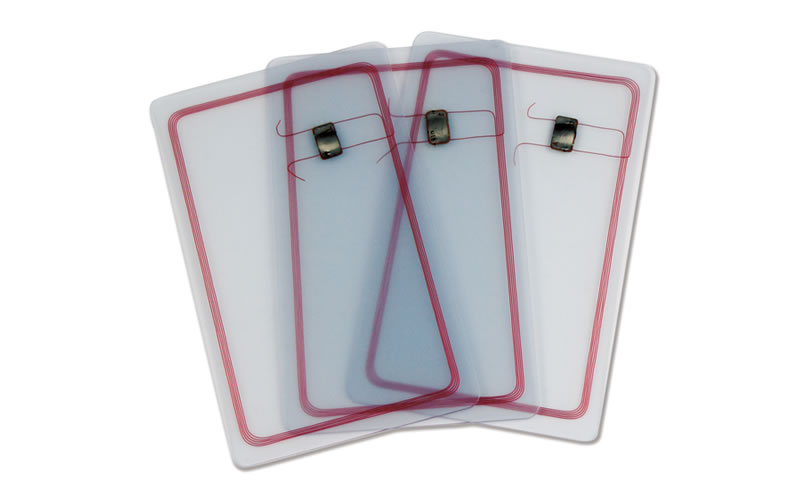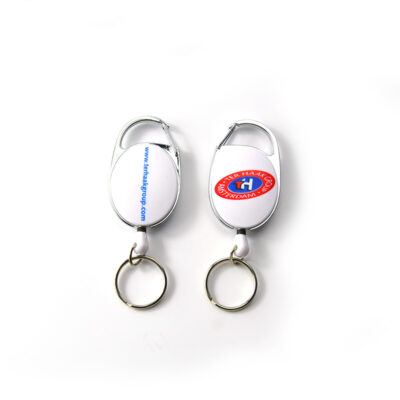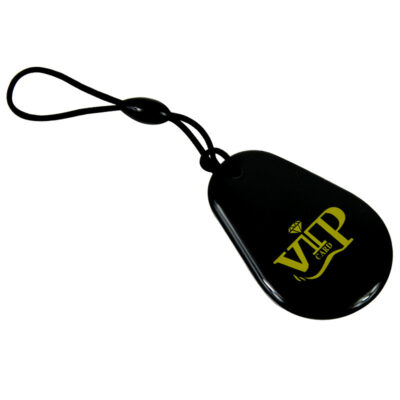RFID chip, short for Radio Frequency Identification chip, is a non-contact automatic identification technology. It automatically identifies target objects and obtains related data through wireless radio frequency signals.

An RFID chip mainly consists of 3 parts:
- Antenna: Used to send and receive radio frequency signals;
- Chip: An integrated circuit chip that stores object information and processes signals; It has low frequency, high frequency, ultra high frequency;
- Encapsulation: Encapsulates the antenna and chip to physically protect them.
The working principle of RFID chips:
1. The RFID reader generates an electromagnetic field to power the antenna and exchange data.
2. The antenna receives the signal and provides energy to the chip to wake it up.
3. The chip processes the signal and sends the stored object information to the antenna.
4. The antenna sends the information to the reader, and the reader obtains the object information and decodes it.
5. After reading is complete, the RFID reader stops the radio frequency signal and the chip enters sleep mode to save energy.
The main application areas of RFID chips:
1. Logistics and supply chain management — Used for cargo tracking and warehouse management.
2. Access control — Embedded in employee ID cards or membership cards for entry and exit control.
3. Retail and consumer — Embedded in product tags for shoplifting prevention and self-checkout.
4. Transportation and parking — Embedded in vehicle license plates for toll collection and vehicle management.
5. Manufacturing and equipment management — Used for automated identification of industrial equipment and targets on production lines.
6. Healthcare — Used for patient and drug management to improve efficiency and safety.
7. Security and surveillance — Used for personnel access records and behavior monitoring management.
As an automatic identification technology, RFID has a very wide range of applications. With technological progress, RFID chips have become more powerful and lower in cost. They will gain wider applications in the future, penetrating into various industries and changing people’s lives and work.





